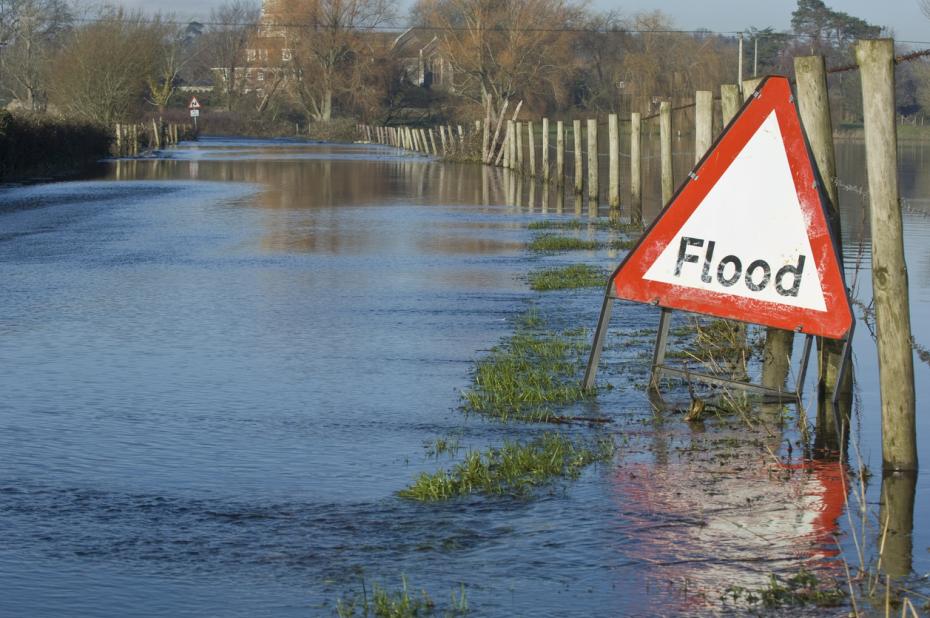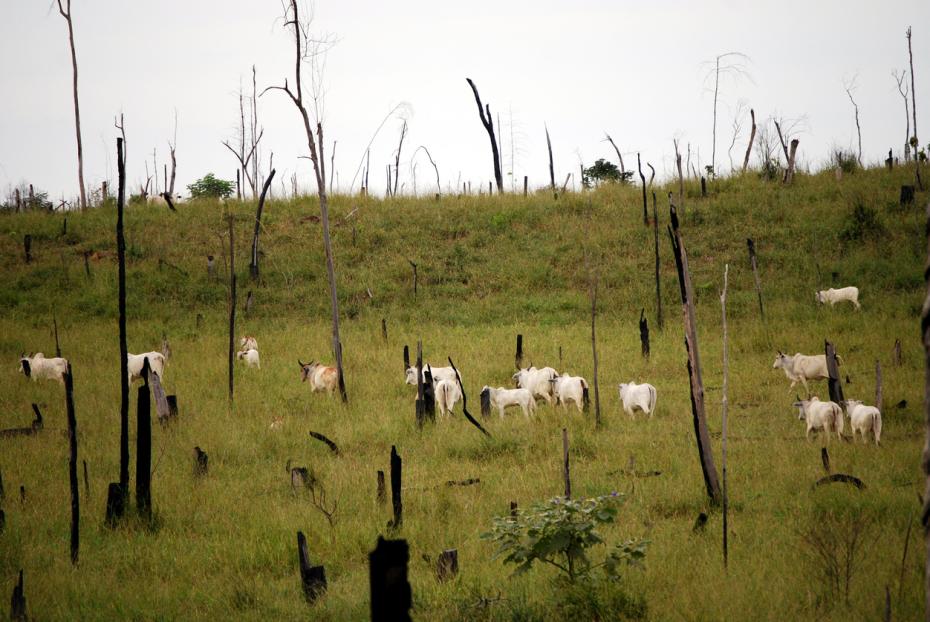
A guide to evaluating and managing climate risks to universities
Attitudes to risk are highly personal. One individual’s exhilarating mountain scramble may be another’s terrifying glimpse into the abyss; some will swipe a wasp away unflinchingly whereas others fear a sting. Consciously or not, a risk calculus is performed on the chance and consequences of something bad happening. The likelihood of tumbling from the slope may be low, but the consequences would be catastrophic; the possibility of being stung is higher but, for most, unlikely to be fatal. Objectively, a fall is the greater risk.
Risks faced by universities vary as do institutions’ appetites for risks to people, property and operations. Depending on the region, the main climate-related hazards in the UK are extreme heat, flooding (by rivers, surface and groundwater), droughts, wildfires, poor air quality, strong winds and storm surges. The frequency, duration and severity of high-impact weather events are expected to increase over coming decades, according to Met Office UKCP18 projections, depending on global efforts to cut greenhouse gas emissions. Extreme weather could impact vulnerable groups of students, staff and visitors to university sites as well as fieldwork. Transport, energy and IT systems may be disrupted, or buildings and facilities damaged. For example, a flash flood in June 2019 caused around £20 million of damage to University of Stirling teaching spaces, accommodation, sports facilities and contents. Adverse weather may also affect university supply chains and sport events.
- Resource collection: Universities’ role in the climate change battle
- Charting a shared path to net zero universities
- Resource collection: How universities can work towards the SDGs
Given the many potential climate hazards, and direct and indirect impacts, how do complex organisations such as universities begin to evaluate their key climate risks in a systematic way? Steps three and four of the UK Universities Climate Network (UUCN) framework on strengthening the climate resilience of higher education institutions address this task. Step three is about rating climate risks to specific “receptors” such as critical assets. Step four then seeks out adaptation options to manage identified climate risks:
Step 3: Assessing climate risks
Start by agreeing the scope of the assessment and appetite for risk with stakeholders. The initial focus might be on a few critical assets or campus buildings, then extend to the wider estate, and eventually to off-site risks to the university. Next, review the major climate risks identified for your region. The most recent UK Climate Change Risk Assessment provides useful information about projected changes in climate and associated impacts. Academic staff may have access to more local climate data on historic and future conditions. For instance, long-term weather records collected on Loughborough University campus show that local flooding can occur in summer when 24-hour rainfall totals exceed 25mm. Media reports may also help with gauging the frequency of notable events such as droughts. These sources can be combined with available institutional data on damage and disruption caused by past extreme weather to produce a climate risk matrix, as below.

In the above case, the likelihood and consequence of hazards are each given a score on a scale of one to five. The former may be expressed as the number of times the event happens in a given period; the latter might be gauged in terms of cost (as here) or another metric, such as the number of hours of interrupted service. For this hypothetical coastal location, under present conditions (2020s) droughts occur on average once every five years and accrue only minor costs (£1000s) from irrigation of playing fields. However, by the 2050s, climate change is expected to increase the likelihood and severity of droughts ‒ and attendant hazards such as wildfires ‒ so the risk rating goes up. The likelihood of heatwave, floods and storm surges is expected to increase (denoted by the upward arrows), whereas the chance of a heavy snowfall decreases, and wind storms are unchanged.
By multiplying the likelihood and consequence scores, it is possible to calculate the risk of each hazard. For floods, the risk score is 12 in the 2020s and 16 by the 2050s; for heatwaves, the assessed risks are 12 and 15 respectively. Hence, by the 2050s the priority order of the six hazards would be floods (16), heatwaves (15), drought (12), storm surge (10), wind storm (4) and snowfall (3). This scoring provides a basis for focusing adaptation actions on the most important risks. Once key climate risks are identified, they should be acknowledged within university risk registers, with assigned accountabilities. The universities of Cranfield and Nottingham provide helpful examples of climate risk and resilience assessment.
Step 4: Identifying adaptation options
List the measures that could be taken to counteract the identified climate risks. Fortunately, this has been done many times before, and much effort is saved through peer-to-peer knowledge exchange. This is because adapting to climate change is so often about learning by doing. Useful resources and case studies for getting started are available from the C40 Cities, the searchable portal of Climate-ADAPT, and the compendium of Global Environment Facility (GEF) projects. As far as we are aware, a bespoke adaptation inventory has yet to be developed for the education sector. Nonetheless, the suggested platforms offer a variety of options. For instance, the GEF actions cover investments in human capacity and behaviour, governance, monitoring and warning systems, “hard” and “soft” infrastructure, financial instruments and technology. Let’s unpack an adaptation option set for one of the most likely hazards faced by UK higher education institutions – heatwaves.
What practical steps could universities take to protect staff and students from very high temperatures? Oxford Brookes used the redevelopment of their Clive Booth Student Village as an opportunity to upgrade building fabrics to reduce energy demand for cooling and incorporated more naturally ventilated spaces. Surrounding woodland landscapes provide shade while contributing to biodiversity. Other options for improving resilience to heatwaves include raising awareness through access to information campaigns and local heat-health alerts or changing behaviours around hydration, clothing and physical activity. Teaching and exam schedules could be adjusted to avoid the hottest part of the day. Over the long term, the estate might incorporate more green spaces and water features, retrofit buildings with more blinds, adopt more reflective building materials and minimise heat gain through large glass facades.
Next steps
This is the third in a series of articles offering advice on how universities can build climate change resilience while also working towards net zero. Read the first and second article here:
Start your university on a path to resilient net zero
Setting scenarios for a university adapted to climate change
In our fourth and final part of the series, we will suggest ways of rating adaptation measures according to their cost-effectiveness and other criteria. The aim is to deliver a final set of actions and monitoring systems that will enhance our institutions’ resilience to climate change, whether confronted by more heat, floods or droughts.
Rob Wilby is professor of hydroclimatic modelling at Loughborough University and Shona Smith is head of the Priestley Centre for Climate Futures at the University of Leeds.
If you would like advice and insight from academics and university staff delivered direct to your inbox each week, sign up for the Campus newsletter.




